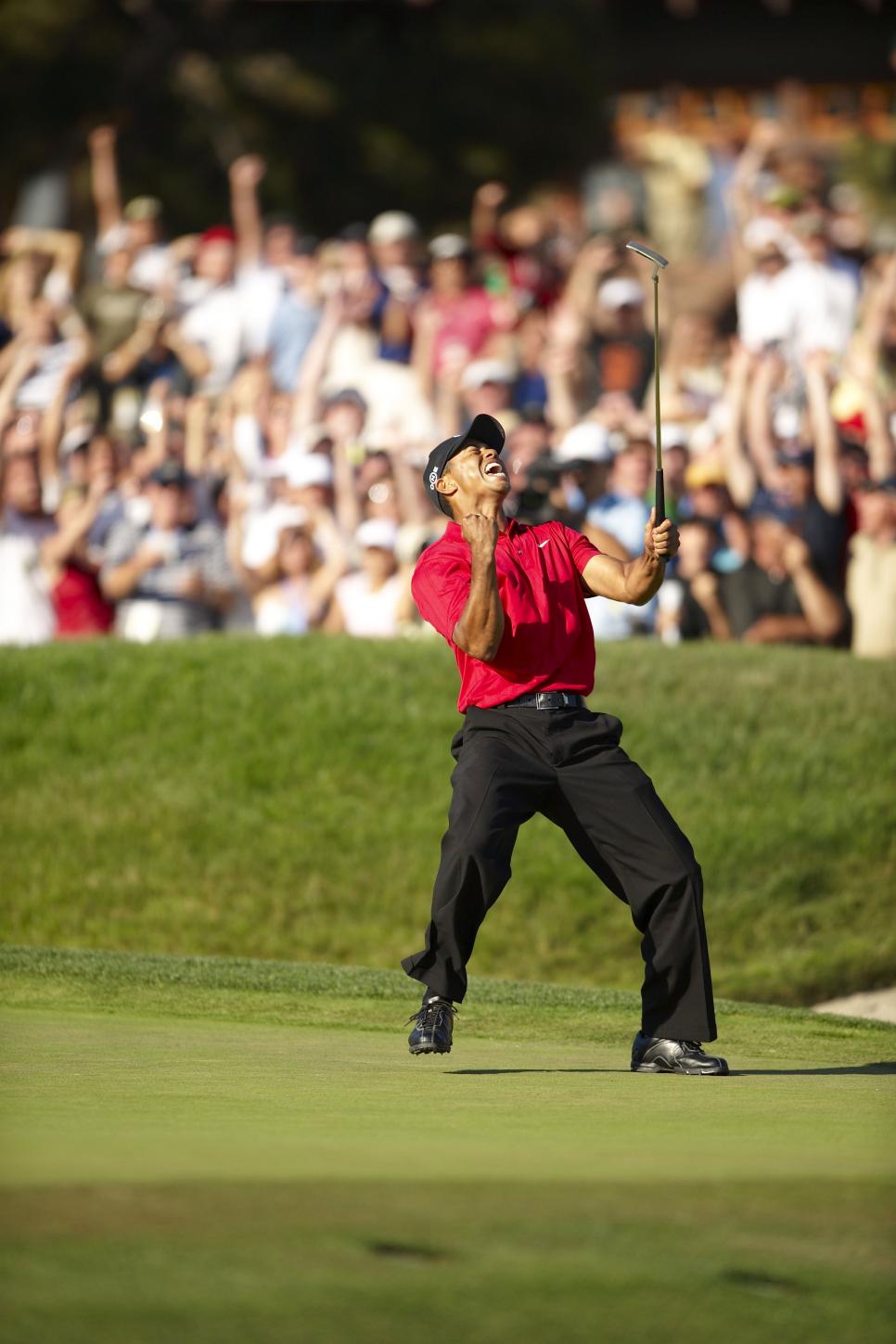Everybody wants to be “clutch.” At the moment, Mets second baseman Daniel Murphy has been the embodiment of the word with his seven post-season home runs so far.
Clutch is the most admired attribute in sports, the separator that differentiates our favorite athletes.
With all that, there is a debate about whether the term has been romanticized into an exaggerated character trait -- the so-called “clutch gene.” Recent analytics by sports statisticians indicate that -- given a sufficient sample size – professional athletes tend to perform at about the same level in regular situations as they do in so-called pressure situations.
I’m a believer that numbers -- especially the sophisticated ones that general managers in all sports are using to build the most successful teams -- rarely lie. And as a longtime close watcher of sports, I’m probably guilty of aggrandizing hero moments with a Walter Mitty-esque predisposition of someone who has always doubted his own ability to come through.
Still, I remain a believer in the clutch factor -- that some athletes have more of it than others -- even if the subjective “eye test” and even instinct are the main determiners.
The main metric is results. I carry in my head selective and undoubtedly incomplete patterns for “getting it done” by particular players that inform my inner judgments about them as clutch performers.
There is also a style and a manner apart from results that is clutch. The athlete who possesses the poise and body language that clearly indicates he is “embracing the moment” as today’s sports psychologists urge, and who can also react to failure as a growth opportunity rather than a confidence crusher, will likely have what it takes under pressure.
Off course, such judgments are as ineffable as a Gladwellian “blink” -- not truly measureable, certainly fallible. Many times I’ve underestimated an athlete’s ability to become more clutch. Players can figure out what pressure has done to them -- how it’s made them physically tight or mentally blank -- and adjust accordingly with experience. And then there’s the most important clutch developer of all -- training and honing skills to such an extent that that a sense of control can be retained despite the pressure.
It’s what professional golfers are after on the practice tees and greens, and in their sessions with sports psychologists. Because golfers are more alone and exposed and have more time to think than other athletes, pressure is a bigger enemy and choking is a given.
In sports that involve gross motor skills, like running and swimming, it’s easier to be clutch. It’s why records fall with greater frequency in such individual events in the Olympics.
But pressure takes a greater toll in sports that require fine motor skills. Choking is more prevalent among pitchers and hitters in baseball, shooters in basketball choke, and tennis players. And because no sport has a smaller margin for physical error than golf -- be it hitting a fairway target 300 yards away or coaxing in a slick left-to-right eight footer -- golfers have a harder fight against choking than other athletes.
Johnny Miller has gotten a lot of criticism for opening up this area of golf analysis. He doesn’t deny his perspective is informed by his own own frailties as an admittedly jumpy player. But making the subject of choking central to his commentary has been an important breakthrough in the public’s better understanding the sport.
Statistically, pressure generally has a negative effect on performance in golf. Sometimes, memorably, it will act as a spur to a super-focused effort that produces a great round. But mostly scores get higher.
Take Tiger Woods in his prime. His 14-1 record with at least a share of the 54-hole lead in majors, which extends to 54-4 (a 94 percent conversion rate) in all official events, is arguably his most impressive and telling record (the PGA Tour average is perennially below 40 percent). And yet, as David Barrett pointed out in Golf World, from 2003 to 2009, Woods’ final round scoring average of 69.38 was higher than his overall scoring average of 69.11 for that same period. In other words, even Woods played worse than normal on Sunday with a lead.
Jordan Spieth, currently the game’s most clutch performer, has learned to temper his expectation of succeeding under pressure with an acceptance that golf is simply too difficult to do so every time. Tour veterans have a phrase about performing under pressure: “Sometimes you do, and sometimes you don’t.” What the clutch player doesn’t do is lose the belief that he can.
Jack Nicklaus, long retired, his body creaky at 75, has never lost that belief and his ability to access it. Like Woods, Nicklaus in his regular playing years had a mastery and ability advantage that made him more potent in the clutch. His win percentage with at least a share of 54-hole leads was over 70 percent, second only to Tiger among frequent winners.
But it’s been the Olden Bear’s playing since he retired from regular tournament golf that to me confirms the clutch gene. When Nicklaus puts his game on display in skins games and scrambles or the first tee at Augusta, it's uncanny how he always comes up with the big shot or putt. There are no analytics to measure these kind of events, but the admiring looks Nicklaus gets at those moments from Arnold Palmer and Gary Player and Lee Trevino tell the story. Everyone wants to be clutch.
